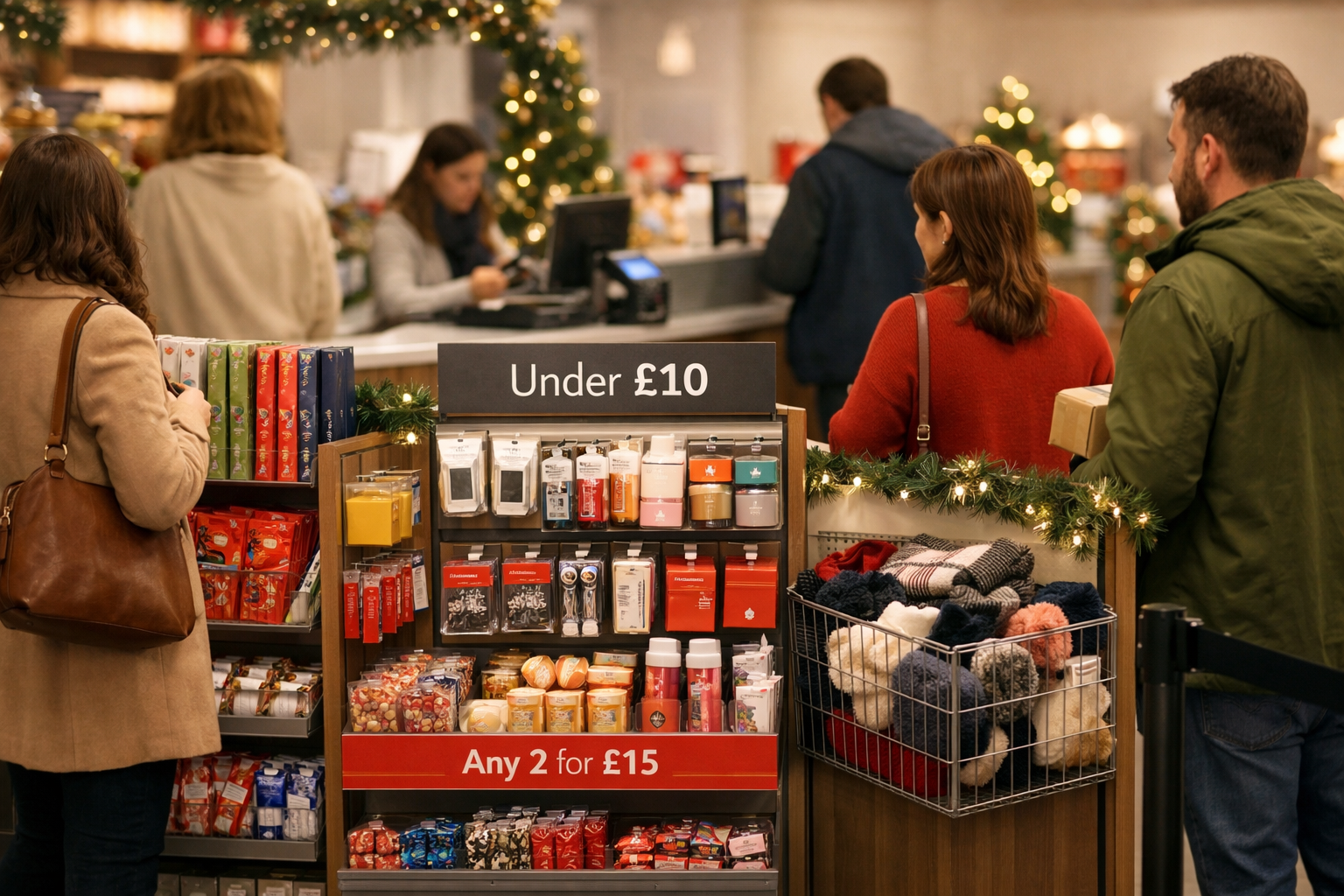Everything You Need to Know About Till Rolls
Posted On: January 1, 2022 By: blueprint_admin

Till rolls form the very basis of your retail business. They are the little slip of trust that passes between retailer and customer. It is what you use to itemise their order, to show them the breakdown of their bill and to prove their ownership of the goods they have bought from you. But how much do you know about this unassuming, yet essential, element of the retail world? Here are the answers to some of the many questions you might have about till rolls.
What are till rolls?
Till rolls are the paper product that feeds into your till onto which the details of purchases are printed. They come rolled up on a spool and fit inside the electronic point of sale (EPOS) machine, which prints onto the paper, delivering either a separate receipt for the customer, or allowing the retailer to tear off the receipt at the relevant position.
They form proof of purchase for the customer and help solve disputes over transactions in the future.
What are the different types of till roll?
There are three main types of till roll available from The Retail Factory:
● Thermal till rolls
● A grade
● A grade 2-ply
What are thermal till rolls?
Thermal till rolls are printed with chemicals that turn black when you heat them. They work in thermal printers, which marks the till roll with the relevant writing by pushing heated pins against the paper.
This helps create more streamlined EPOS machines, as they do not need ink and, therefore, you do not need to add an ink cartridge into the design. It also saves time and money for the retailer, as you don’t have to worry about ink running out or continuously buying new ink cartridges.
Thermal till rolls are fine sheets of single-ply paper and come in white as well as a number of other colours. They are also somewhat glossy to the touch.
What are A grade till rolls?
Regular A grade till rolls are single-ply paper receipts that provide the best quality finish. They are clean and white and rely on ink cartridges to print the details of transactions on them.
What are A grade two-ply till rolls?
A grade two-ply rolls also utilise ink to print on them. However, they use carbonless paper with micro capsules on the back to create a copy of the receipt on the second sheet so that both parties have a receipt.
How long to keep till rolls?
The different types of till roll have varying shelf lives. Thermal till rolls should be stored in a dark place, away from direct sunlight and below 25 degrees celsius.When handled in this manner, they should last five years or longer in a state in which they will be suitable to use.
A grade till rolls are more hardy and can last more than ten years when stored somewhere try and cool.
As for how long you need to keep printed till rolls displaying transactions for tax purposes, these need to be stored for five years and shown to the authorities if requested.
Are till rolls recyclable?
If the till roll is made of regular paper (whether A grade or a lower grade), it can be recycled along with your usual recycling.
Are thermal till rolls recyclable?
Unfortunately, you cannot recycle thermal till rolls. Thermal receipts contain a coating that is necessary for the system of printing that takes place, but which means that it isn’t recyclable. The upside though is that using thermal till rolls means you are not throwing out multiple ink cartridges, which cannot always be recycled.
Till rolls for sale
At The Retail Factory, we sell three different types of till roll. There are thermal till rolls, A grade till rolls and A grade two-ply till rolls. Browse our selection to see which meets your requirements and don’t hesitate to contact us if you have any other questions about till rolls.
Latest Posts
- The Art of the Entrance: Focal…
- Stress-Free Store Swaps: Fast Ways to…
- Queue Zone Magic: How Small Add…
- Creating Urgency: How Limited-Time Displays Drive…
- Managing the Mayhem: Retail Logistics That…
- Black Friday Ready: Visual Merchandising Tips…
- Behind the Scenes: How Efficient Display…
- The Power of Presentation: Gift Packaging…
- Creating Festive Window Displays That Stop…
- How to Prepare Your Store for…



